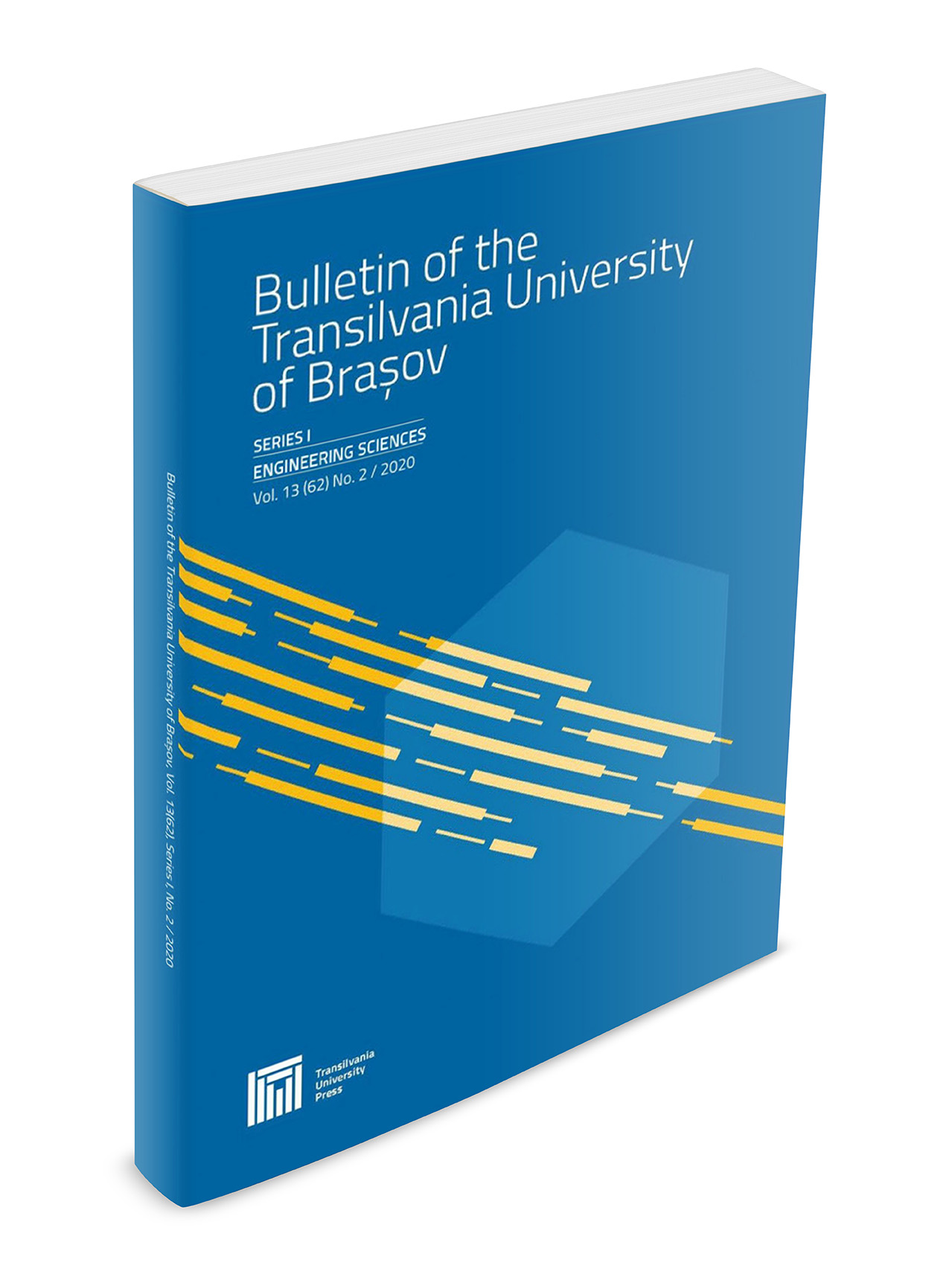Comparative Efficiency Analysis between a Conventional Single-Phase Inverter and an Inverter with a Minimalist Active Power Decoupling Circuit
DOI:
https://doi.org/10.31926/but.ens.2022.15.64.1.1Keywords:
SiC MOSFETs, power decoupling, transformer-less inverterAbstract
This paper focuses on a comparative analysis between the conventional single-phase H-bridge inverter and an inverter implementing a minimalist active power decoupling method, which is used to eliminate the power ripple of twice the fundamental frequency at the DC link. This method allows minimising the need for large electrolytic DC link capacitors, with only two smaller film capacitors being required on the hardware side. The implemented 1 kW inverter makes use of silicon carbide (SiC) MOSFETs, offering the main advantage of high switching frequencies, reduced size, and improved efficiency. The performance analysis, including switching and conduction losses and the inverter efficiency, is done through the results obtained from simulations and experiments.Downloads
Published
2022-08-08
Issue
Section
ELECTRICAL ENGINEERING, ELECTRONICS AND AUTOMATICS




